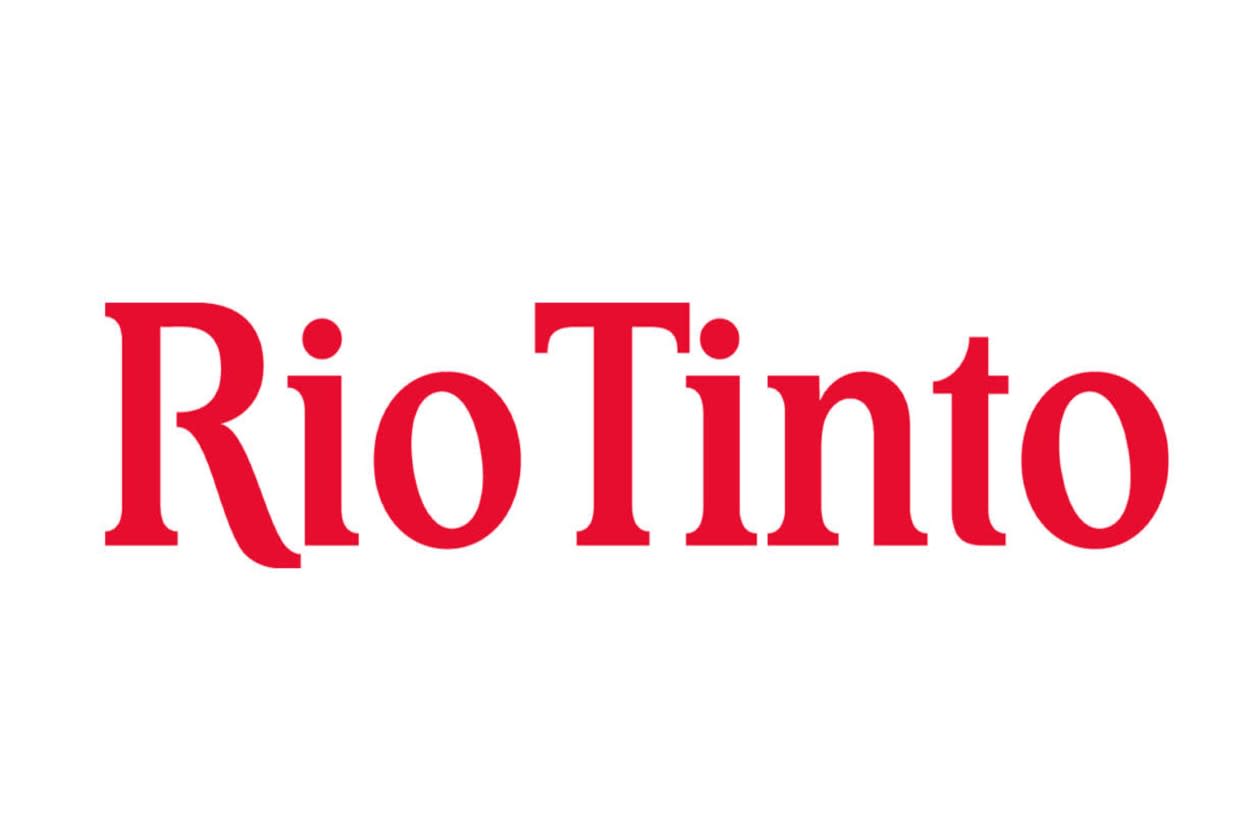Rio Tinto logged its smallest first-half underlying profit in five years and announced its lowest interim dividend in seven years on Wednesday due to falling iron ore prices, as it flagged rising costs at its Pilbara sites.
Rio Tinto, the world's largest iron ore producer, reported underlying earnings of $4.81 billion for the six months ended June 30, down 16% from a year earlier and slightly below a Visible Alpha consensus of $5.05 billion.
The company's weakest first-half performance since 2020 comes as prices it received for its iron ore fell by 15%, though that was partly offset by stronger prices for copper, bauxite, alumina, aluminium and gold.
The miner, which is increasingly shifting its focus to copper, declared an interim dividend of $1.48 per share for the first half, lower than the $1.77 apiece it gave out last year.
Still, outgoing CEO Jakob Stausholm said the company was in "good shape," with lots of opportunities ahead for iron ore boss Simon Trott, who will take charge from August 25.
Stausholm said his major achievements included Rio Tinto's progress towards cutting carbon emissions by 50% by the end of the decade, after he took the top job when Rio was "on its knees" following the miner's destruction of an important Aboriginal site. "Sometimes that makes you humble."
Costs rose during his tenure, but the miner was working to boost operational efficiency as it prepared to bring on new lithium and copper projects, Stausholm said, declining to comment on any potential headcount reduction.
"It’s not about the cost-cutting, it's about how do you grow without increasing your cost base," he told a media call.
For the six months ended June 30, Rio Tinto's unit costs at its flagship Pilbara iron ore operations in Western Australia rose to $24.3 per wet metric ton (wmt) from $23.2 per wmt last year, due to lower shipments and impact from cyclones.
For the full-year 2025, Rio Tinto had earlier forecast a range of $23 and $24.5 per wmt.
Iron ore prices eased as steel production in top consumer China declined and more supply from Australia, Brazil, and South Africa came to the global market.
Expectations that China will curb overcapacity in the steel sector, and possible restocking could underpin a pickup in prices to $100 per metric ton towards the year-end, according to a note by Morgan Stanley.
Rio maintained its full-year Pilbara shipment guidance at the lower end of its 323 million tons (Mt) and 338 Mt forecast range.
In lithium, prices have started to recover from a downturn, and Rio Tinto has seen robust demand from the stationary battery sector which has doubled from a year ago, Stausholm said.
He declined to comment on the impact of copper tariffs in the U.S. but said demand growth due to power required by data centres could double U.S. copper demand to 4 million tonnes.
(Reporting by Sameer Manekar and Rishav Chatterjee in Bengaluru, Melanie Burton in Melbourne; Editing by Subhranshu Sahu and Bernadette Baum)
Copyright (2025) Thomson Reuters.
This article was written by Sameer Manekar and Melanie Burton from Reuters and was legally licensed through the DiveMarketplace by Industry Dive. Please direct all licensing questions to legal@industrydive.com.

